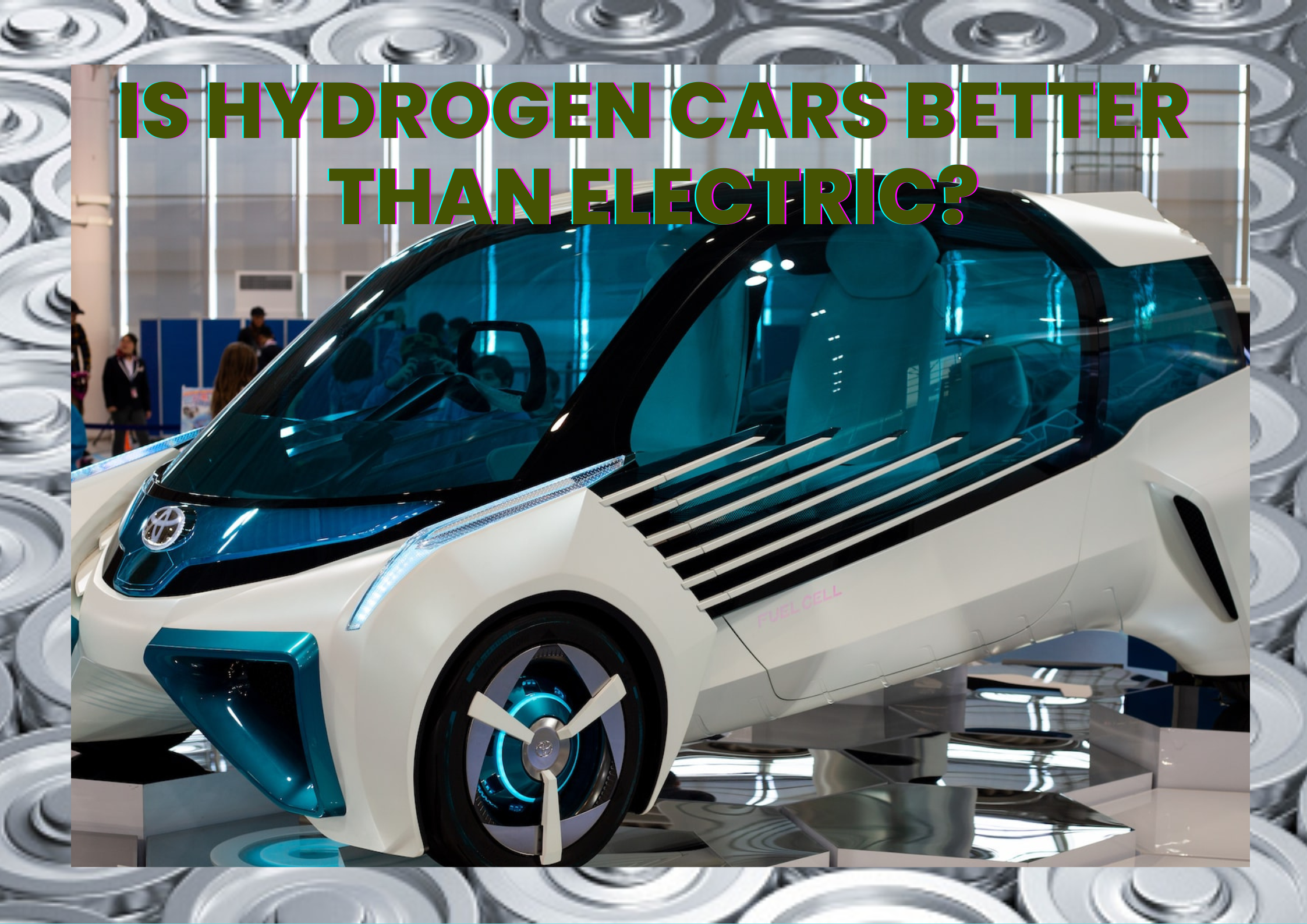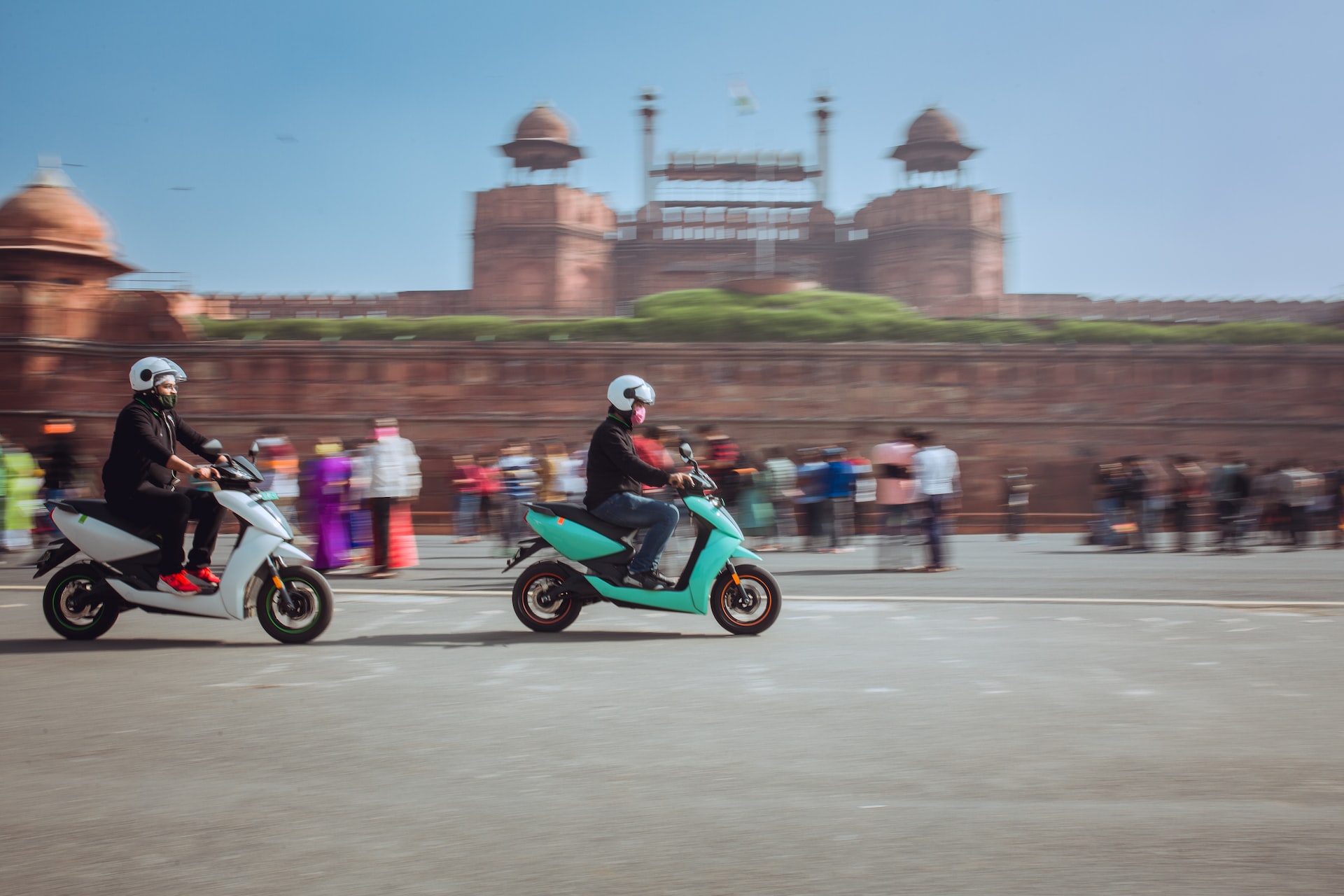All Vehicles Will Soon be able to run on ethanol
Union Minister Nitin Gadkari said those car companies would begin making variants of vehicles that are flexible-fuelled within six months, and soon the majority of vehicles in India would be powered by 100% ethanol fuel. Union road transport and highways minister Nitin Gadkari has advised carmakers to start manufacturing vehicles that can run on more than one type of fuel within the next six months. The Government has advised carmakers in India to start manufacturing flex-fuel vehicles (FFVs) and strong-hybrid electric vehicles (FFV-SHEVs) powered by BS-6 engines in a period of six months, said Minister of Road Transport and Highways Nitin Gadkari on Monday. Union Minister Nitin Gadkari has repeatedly advocated for increasing the scale of the country’s ethanol production. Last week, the Minister issued an advisory for automakers to bring flexible-fuel engines into vehicles within a six-month timeframe.
India has decided to permit flexible engines powered by ethanol, that run vehicles using locally produced agricultural products instead of fossil fuels, and is rolling out a scheme on this within the next three months, Union ministers said Monday. India is also looking at making vehicles powered by ethanol compulsory for carmakers that use flex-fuel engines.
The government has also issued guidelines and permissions to set up 100% ethanol fuel pumps across the country. India is expecting carmakers to start producing vehicles that are compatible with the fuel, which is blended with ethanol, by April 2022. The government is expecting petroleum marketing companies like Indian Oil Corp (IOC) and Hindustan Petroleum Corp Ltd (HPCL) to supply fuel that is 20% ethanol-blended starting from April 2023.
In June 2021, India advanced to 2025 the target for 20 percent ethanol-blended vehicle fuel. India’s fuel ethanol blend ratio (at the time of this revised target) was 8% and was expected to rise to 10% by 2022, according to a roadmap on Ethanol Blending in India 2020-25 released by PM Modi on June 5 (World Environment Day). The Narendra Modi government wants to raise ethanol blends in gasoline to the E20 level, where 15-20 percent ethanol is blended into fuel, and has also moved the implementation cut-off date from 2030 to 2025. Currently, the majority of the petrol available at pumps in India is of E10 grade — the blend of fuel containing around five to 10 percent ethanol.
Yes, to a certain extent, the 15% ethanol-diesel mix known as e-diesel is usable for fueling diesel vehicles. Whether used in lower-level blends, such as E10 (10% ethanol, 90% gasoline), E15 (10.5 percent to 15% ethanol), or E85 (flex fuel), gasoline-ethanol blends that are between 51 percent and 83 percent ethanol contribute to emissions reductions, depending on geography and seasonality. If engines in gasoline vehicles were optimized for running a higher-ethanol blend, the economy would probably improve, due to increased engine efficiency.
Starting with the model year 1999, a growing number of vehicles worldwide were manufactured with engines capable of running on any fuel, ranging from 0% ethanol up to 100% ethanol, without modifications. Flex-fuel engines are able to run on 100% gasoline or ethanol and are already available in countries like Brazil, the USA, and Canada. Typically, there is a gasoline-ethanol or methanol mix used, and the Flex-fuel engine is capable of auto-adjusting for any of the ratios thanks to modifications like fuel composition sensors and appropriate ECU programming. Since an FTV is able to operate either on gasoline or ethanol, this would be the first such 100% dual-fuel car on Indian roads.
The Aggressive Policy Roadmap ultimately aims for the adoption of flexible-fuel vehicles over the longer term, that would make use of high-grade ethanol-blended fuels, following the example of countries like Brazil and the US. Incidentally, this India’s move is right out of the playbook of US governments during the 2000s, which, concerned about energy security, encouraged a shift towards flex-fuel vehicles, using the excess supply of corn for producing ethanol, and introduced manufacturing targets of OEMs and proportions of flex-fuel vehicles that would be produced. Gadkari said that other countries in the world such as Brazil, the US, and Canada had flex engines that were powered by agricultural products, and called upon carmakers such as BMW, Mercedes, and Toyota to develop vehicles powered by ethanol-based flex engines. Gadkari said the shift towards locally produced ethanol would help a country like India that relies mostly on imported crude oil to fuel its transportation sector.
In any event, whether an enormous vehicle market such as India will successfully transition away from oil-based to flexible fuels will entirely depend on which steps are taken in ensuring widespread availability further down the road. There is still no clarity about what gasoline-ethanol blend would be considered a standard, if any rebates or subsidies will be offered, or even what steps will be needed to ensure adequate fueling infrastructure. There is also talk of India moving towards the E85 blend of petrol with ethanol doping (rather, petrol-ethanol doping), a figure that is pretty self-explanatory: 80-90 percent of ethanol blended in petrol.
Oil refiners claim that upgrading from the existing E10 to E20 will increase the component of ethanol, thereby having a positive impact on the petrol prices. Producing vehicles with E20 means changes in equipment inside vehicles and the manufacturing line, which would subsequently add to OEMs costs, and customers, higher ethanol blended will also mean lower fuel efficiency, which would impact the total cost of ownership. Given the cost-conscious nature of the market, customers would still be more inclined toward ICY vehicles than costly electric vehicles (EVs) which could be run conveniently on ethanol-blend fuel.
Tests are being conducted at different levels in Indian Oils R&D facilities and elsewhere, working on various biofuel mix configurations, including combined gasoline/diesel with ethanol, and engine setups that may help save fuel and increase mileage. Many cars and light-duty trucks (a category comprising minivans, SUVs, and pick-up trucks) are being designed as flexible-fuel vehicles using up to 85 percent (E85) of ethanol blends in the US and Europe, and up to 100 percent (E100) in Brazil. Starting March 2021, carmakers are required to specify the ethanol compatibility of new vehicles, and engines should be designed optimally for 20 percent ethanol-blend fuel.



